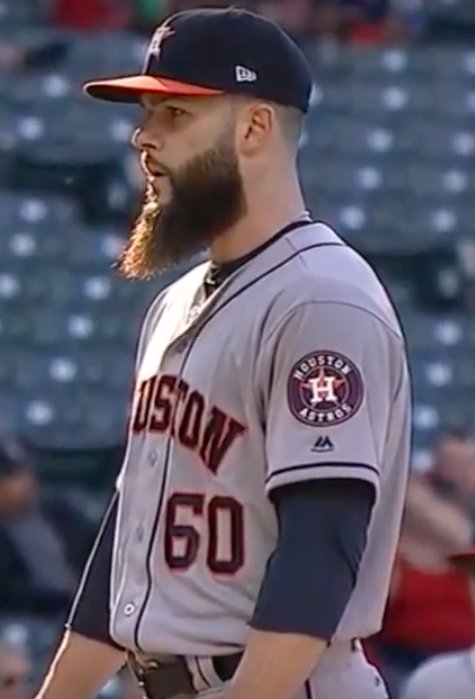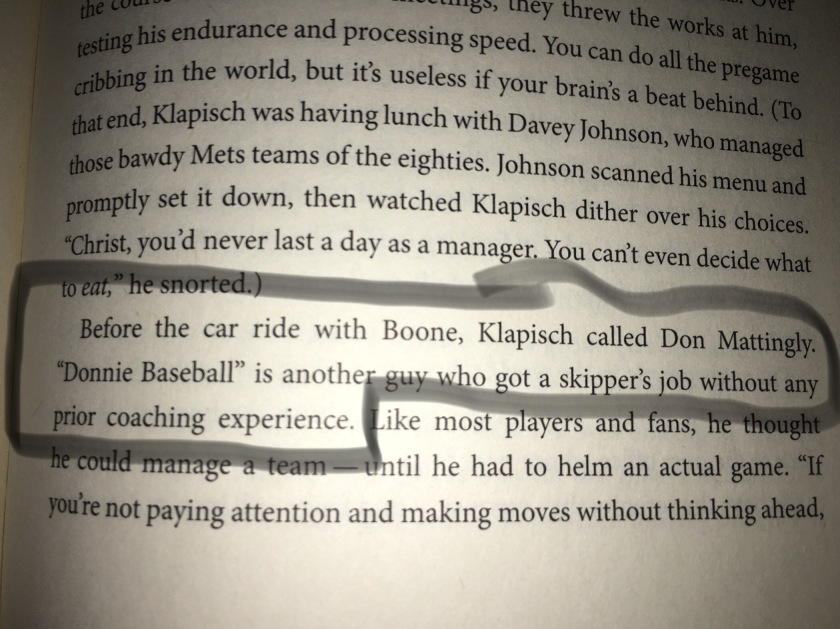
Let’s say the Mets do what the fans and media are pushing them to do and simultaneously designate Jason Vargas for assignment and sign Dallas Keuchel within the next five days. That would be around April 17.
Presumably, Keuchel has been throwing regularly and is in reasonable shape. Reasonable shape is not Major League Baseball game shape. So, he’d need to go to extended spring training and then make a few starts in Double and Triple-A. Being conservative but reasonable, say he’s ready by May 5 and joins the starting rotation on or around that date.
The MLB Draft is June 3. The Mets would get, at most, five starts from Keuchel prior to the draft. Is it worth the total cost? What are the Mets sacrificing and what are they getting?
Here’s the applicable rule regarding a free agent in Keuchel’s position from MLB.com:
A team that neither exceeded the luxury-tax threshold in the preceding season nor receives revenue sharing will lose its second-highest selection in the following year’s Draft, as well as $500,000 from its international bonus pool for the upcoming signing period. If it signs two such players, it will also forfeit its third-highest remaining pick and an additional $500,000.
The Keuchel contract is secondary and is not the issue. The issue is that the Mets would be surrendering a draft pick to sign him. They would also be giving up $500,000 in the increasingly valuable international spending money.
The same people who called the Mets shortsighted or outright stupid for trading 2018’s sixth overall pick Jarred Kelenic as the centerpiece of the deal to get Robinson Cano and Edwin Diaz are screaming that the Mets “all-in for 2019” justification means they should continue that trend by sacrificing a relatively high pick and that international money to get someone who is a stylistically similar pitcher to the one he’s replacing.
It cannot be ignored that the pick they’re surrendering by such a move is in the same general vicinity of where they selected Pete Alonso – another subject about which the media and fans engaged in intense and mostly ignorant debate of how best to handle his service time and whether he should have been demoted for the first two weeks of the season to save a year of team control.
Alonso’s performance aside, the Mets and general manager Brodie Van Wagenen said it would be the best 25 players making the roster. In spring training, Alonso was one of the best 25 players. He made the roster. Everything else is noise. The damage that would have been done not just to Alonso, but to Van Wagenen as he tries to establish himself in his nascent new career as a GM, might have been worse than that extra year of team control that could end up being irrelevant.
There is a limited percentage of fans and media members who want to hear or accept these fundamental realities no matter how fact-based they are. Fewer will want to hear the next fundamental reality that Keuchel, despite being five years younger and far more decorated, is essentially the same type of pitcher as Vargas.
Not the same, but the same type.
He’s touch and feel; will not blow anyone away; needs a solid defense behind him; and if he’s not hitting his spots, he’ll get pummeled.
Sure, Keuchel’s velocity is a few miles superior to that of Vargas, but we’re not talking about 94 to 97. We’re talking 86 to 89 – numbers that make it imperative that both are hitting their spots and have sufficient differential between the fastball and changeup so both can be effective.
They’re not the same, but are similar enough to pause before immediately thinking the problem will be fixed by replacing one with the other.
The arguments for Keuchel are not based on Keuchel himself, per se and those aggressively pushing for him to be signed if not openly demanding it are using an argument that is not based on the same objective facts they purport to use via sabermetrics, but are that of a reactive sports talk caller, delusional blogger or Twitter lunatic.
After the draft, there will be greater competition for Keuchel’s services and he will likely end up elsewhere. But by then, the Mets’ situation and needs will be far clearer than they are now. Perhaps whomever takes Vargas’s spot in the rotation – Corey Oswalt, Hector Santiago, Robert Gsellman, Seth Lugo or by using “the opener” – will have a body of work to make an informed decision if one needs to be made at all and they’ll have their draft pick and international bonus money.
The real competition in the National League in general and the National League East particularly will be known. Teams might throw in the towel on the season and make arms available – arms who were not projected to be available on April 14, two weeks into the season.
The Mets can use Keuchel, but it’s not make or break for their season. The cost is not worth it. Not now, anyway.

